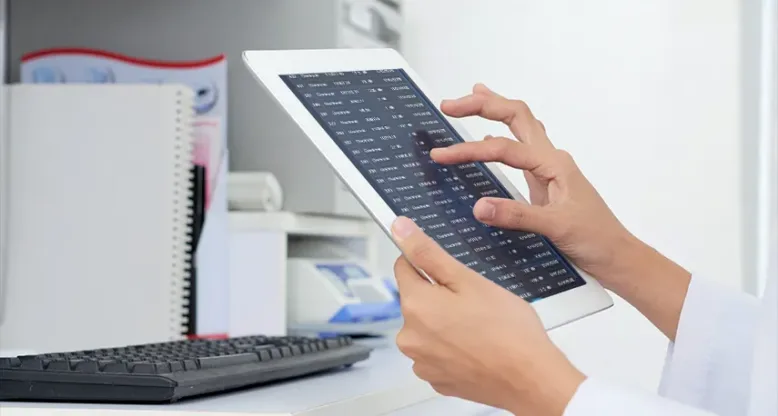How Modern Medical Billing Sofware Speeds Up Reimbursements
Medical billing reimbursement could take a month or longer. It is hard to determine an average duration for such transactions because so many factors are in play.
A study on clinical reimbursement for a local health department showed that it took 68 days after service for the facility to receive a refund. This can pose a challenge for operations, as payments for medical services are the lifeblood of any facility.
The faster claims are reimbursed, the better it is for the facility and the community it serves.
Automated claims processing can help cut the processing time in half or even better.
The Evolution of Medical Billing: Understanding Reimbursement Delays and Common Bottlenecks
Processing medical insurance can be quite slow, especially when companies don’t use medical billing software. For decades, policy holders had to fill out forms for their health insurance claim, and the medical staff gathered all the important documents to support it.
Once done, pages and pages of files were mailed to the insurance provider for verification and processing of the reimbursement. Any mistakes and clarifications required official communication, and the back and forth could further delay the refund.
What are the 10 steps in the medical billing process?
- Patient registration
- Patient insurance or fiscal responsibility verification
- Patient-provider encounter
- Medical transcription
- Medical coding
- Charge entry or claim generation
- Claim scrubbing and transmission
- Claims adjudication
- Patient statement
- Statement follow-up and payment
The process takes quite a bit of time. And then there are common causes of delays, such as:
Incomplete or Wrong Information
Even with insurance claims automation, mistakes can still happen. Fortunately, with robust medical billing software like ISI Technology, errors are easy to detect and then correct.
When mistakes are noted by the insurance company, official communication must be sent to the policyholder. They must make the corrections as soon as possible. The back and forth is quite time-consuming.
Incorrect Codes
The healthcare industry uses a lot of codes to indicate specific diseases, treatments, and procedures. They ensure clarity and consistency in communications across departments and facilities.
Unfortunately, the slightest mistake in coding could lead to delays in the billing process, especially in reimbursement. This is better than an outright denial, but it still leads to significant delays.
Late Submission
If paperwork is submitted late, the processing of the refund will be delayed. Worse, if the claim is submitted after the deadline, it could be automatically denied. Then, you have to file an appeal or start the process again.
Automated claims management could prevent all these mistakes and help patients and healthcare facilities avoid any delays in the billing process.
Automating Claims Submission

Integrating technology can do a lot of good for the billing process, as each step can be expedited. The faster the claim refund, the better it is for the healthcare facility and its cash flow.
Medical billing software is a worthy investment because it streamlines the following:
Tracking
Software can help you track claims from start to finish. You will know which step it is on and determine why it is stuck on a certain step.
Robust billing software also sends notifications whenever there is movement on your claims.
Error Detection and Correction
Perhaps the biggest advantage of having medical billing software is its ability to detect errors. When you input an incorrect code, the software will alert you. Errors in data entry are identified quickly within the system. This can make a huge difference in billing timelines.
Accessible Information
All claims information is at your fingertips. So, if an insurance provider contacts you for clarifications, you don’t need to sweat going over pages and pages of documents to find a piece of information. All you need is to find the right file with a few clicks on the computer.
All of these advantages lead to better service as they streamline the medical billing process. In the digital age, businesses must take advantage of technology as it continues to evolve.
The Role of Artificial Intelligence in Predictive Billing

What are the features you need to look for in medical billing software? Here are must-haves:
- Scheduling
- Claim management
- Automated coding
- Security
- Custom reporting
- Simple interface
- Reliable customer and technical support
What about artificial intelligence predictive analytics?
AI-powered tools can also help enhance medical services, including billing. It can help with medical coding automation. It can also be used to identify fraudulent health claims, which are often challenging to detect.
Conclusion
Insurance refunds are the lifeblood of any medical institution. Healthcare facilities must embrace modern medical billing to provide better patient service and speed up reimbursement.
Choose the best medical billing software with appropriate features and robust integrations from a company always looking to innovate and improve, like ISI Technology. Book a free demo here.